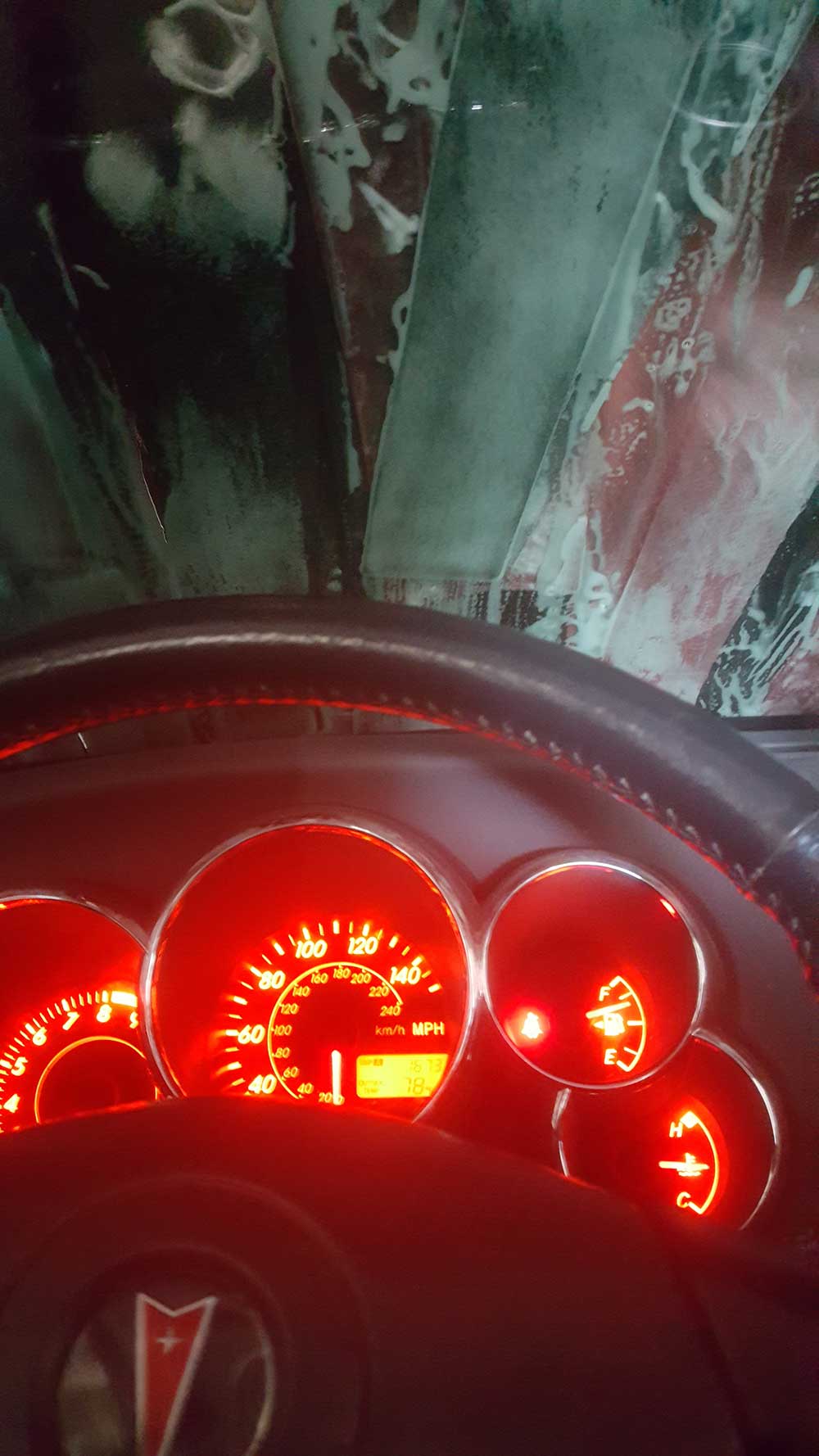Technology in Newer Cars Confounds Car Wash Operators
The International Carwash Assn. suggests a “telematics solution” that would inform the vehicle it is in a car wash, adjust its systems for the wash cycle and reset the systems afterward.
July 21, 2017

The technology in today’s newer cars is the product of thousands of hours of testing under a multitude of conditions. But some models have a dirty little secret: They can’t make it through a car wash without some trouble along the way.
The International Carwash Assn. says a survey of nearly 250 members shows 38% report problems with cars equipped with forward-collision avoidance, and 39% report stop/start systems activating during the wash cycle.
The survey was conducted for the association by Schwartz Advisors, a consultancy retained to act as a liaison between the trade group and the auto industry. In an email to WardsAuto, Derek Kaufman, managing partner-Schwartz Advisors, explains what can happen with forward-collision avoidance at a car wash:
“A vehicle’s forward-collision system triggers, stopping the car in the automatic tunnel after it has been through the soap cycle. The rollers on the automatic conveyor are slippery with soap, so they simply slip underneath the tires (and) the vehicle approaching from behind hits the stopped vehicle,” Kaufman says.
“Or, typical practice in a full-service wash is to vacuum the interior as the car rolls towards the wash. But the new ‘shift to park’ transmissions will not allow the car to roll in neutral if the door is opened,” he says. “This means the car needs to be singled out after the wash to do the interior, which takes both the car wash and the vehicle owner more time.
“This is primarily an issue in fully automatic washes where the driver is not in the vehicle. Prior to the wash, the vehicle owner can turn off the ADAS system that could interfere, but the reality is that many owners do not know how to do that – and the pressure of finding the instructions in the owner’s manual as vehicles queue up behind you makes people very uncomfortable,” Kaufman says.
“Many car wash operators are now putting employees in cars to ride through the wash to mitigate the problem, but this is a costly and inefficient solution.”
Another 61% of car wash operators report problems with cars whose transmissions won’t allow the vehicle to roll while in neutral. The car owner or an employee typically must be in the car to shift the transmission to neutral to keep the car rolling, or to override the car’s stop/start function by tapping and releasing the brake pedal to restart the engine and keep the car from shifting into park, Kaufman says.
The survey also says 79% of operators report damage to automatic wipers that are activated during washing, and 38% encountered keyless-entry systems becoming locked by contact with brushes.
A report prepared for the trade group by Schwartz Advisors lists three ways to improve the situation for both car wash operators and vehicle owners:
Automakers giving permission to use copyrighted material from their owner’s manuals in a web-based educational portal that will inform wash operators how to properly prepare specific makes and models for automatic-tunnel operations.
A standards review to establish a common approach to car-wash setup.
A telematics solution could inform the vehicle it is in a car wash, automatically set systems correctly for the wash cycle and reactivate them when the wash is completed.
“We are trying to help both vehicle owners and car wash operators by loading information on our educational portal,” says association CEO Eric Wulf, whose group’s website lists so-called special-needs vehicles and instructions on how to get them on the right track at the car wash.
While some automakers have agreed to help both the association and customers by approving the use of their owner's-manual content, others have not responded to the group’s requests. “We need support from vehicle manufacturers to make this happen,” Wulf says.
You May Also Like